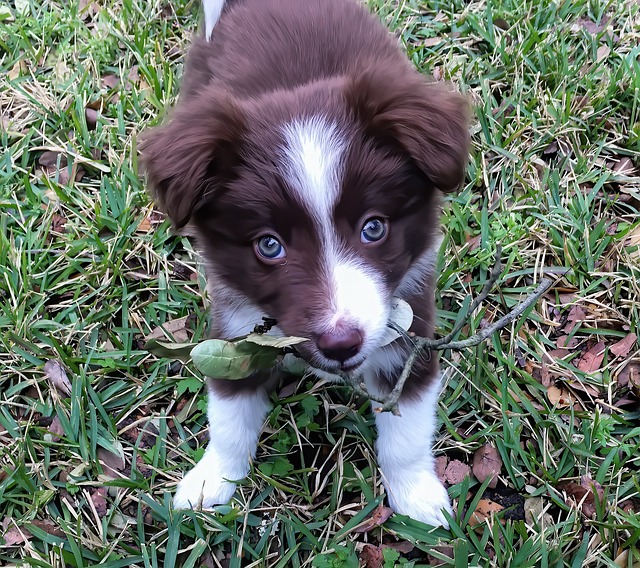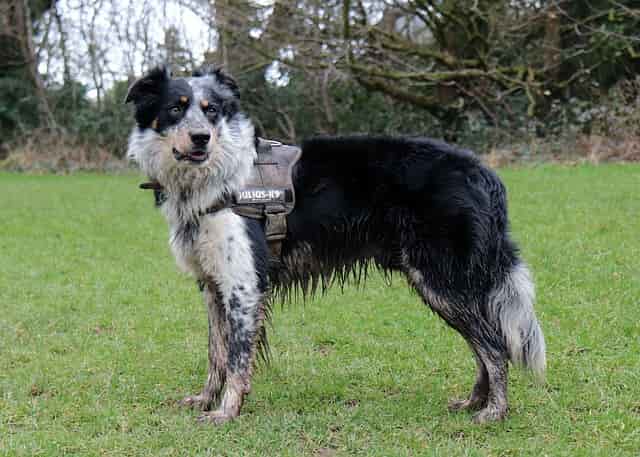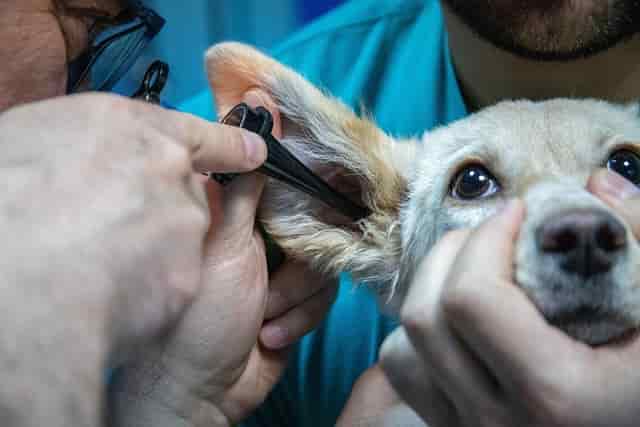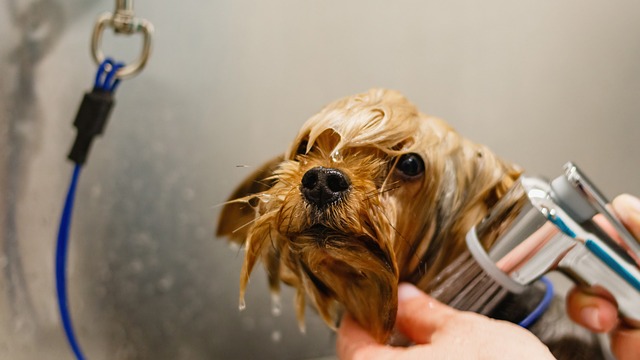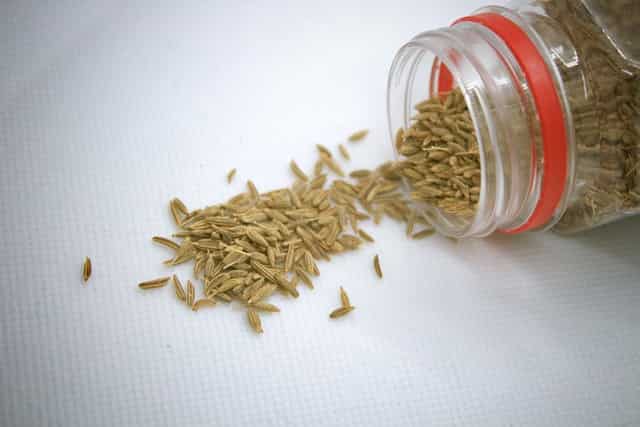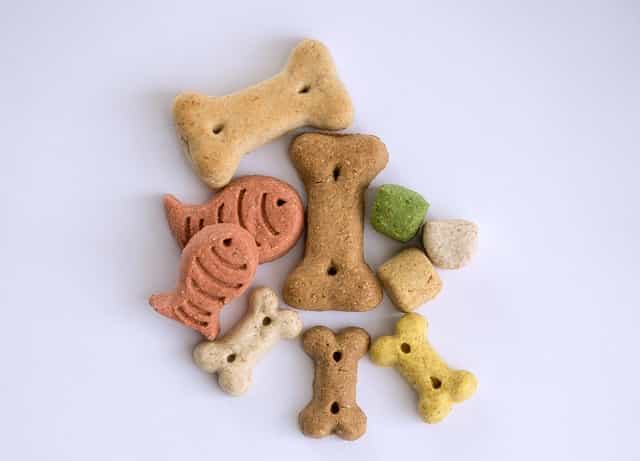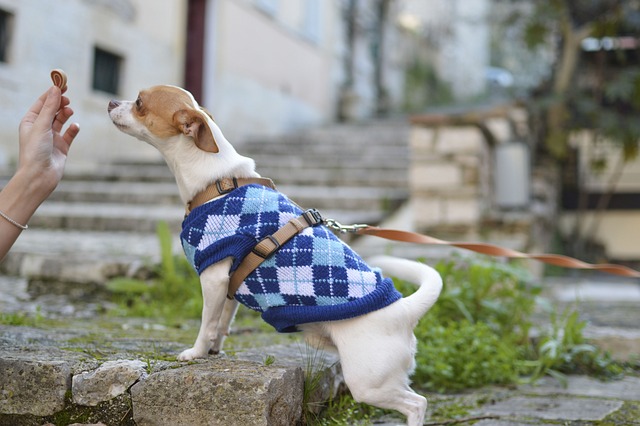
Border collies are highly intelligent and energetic dogs that require a considerable amount of exercise to remain healthy and happy. As an active breed, they need daily physical activity to maintain their physical and mental well-being. However, determining the right amount of exercise for your border collie can be challenging, as it depends on several factors such as age, weight, and overall health.
In general, border collies require at least 60 minutes of physical activity per day. This can include brisk walks, running, playing fetch, or participating in dog sports such as agility or flyball. However, some border collies may need more exercise than others, especially if they are working dogs or have a high energy level. It’s essential to provide them with enough exercise to prevent boredom, destructive behavior, and health problems associated with a sedentary lifestyle.
How Much Exercise Do Border Collies Need?
Factors Affecting Exercise Needs
Several factors affect the amount of exercise a Border Collie needs. Age, health, and energy level are the primary factors. Puppies and senior dogs have different exercise requirements than adult dogs. Puppies should not engage in high-impact activities like running or jumping until their bones and muscles are fully developed. Senior dogs may have mobility issues and require low-impact exercises like walking.
Health is another critical factor. Border Collies with health issues may require less exercise or certain types of exercise. It’s essential to consult with a veterinarian to determine the appropriate exercise routine for your dog.
Energy level is the most significant factor affecting exercise needs. Border Collies are high-energy dogs and require daily exercise to prevent behavioral problems and maintain their physical and mental health.
Recommended Exercise for Border Collies
Border Collies need a combination of physical and mental stimulation to stay healthy and happy. Here are some recommended exercises for Border Collies:
- Walking: Border Collies enjoy walking and require at least 30 minutes of walking daily.
- Running: Border Collies have high stamina and enjoy running. They require at least 30 minutes of running daily.
- Playing fetch: Border Collies love playing fetch and need at least 20 minutes of fetch daily.
- Hiking: Border Collies enjoy hiking and require at least 1-2 hours of hiking weekly.
- Swimming: Border Collies enjoy swimming and require at least 30 minutes of swimming weekly.
- Agility training: Border Collies excel in agility courses and require at least 1-2 hours of agility training weekly.
It’s important to provide both physical and mental activities for Border Collies. Puzzle toys, obedience training, herding trials, and canine sports are excellent ways to provide mental stimulation.
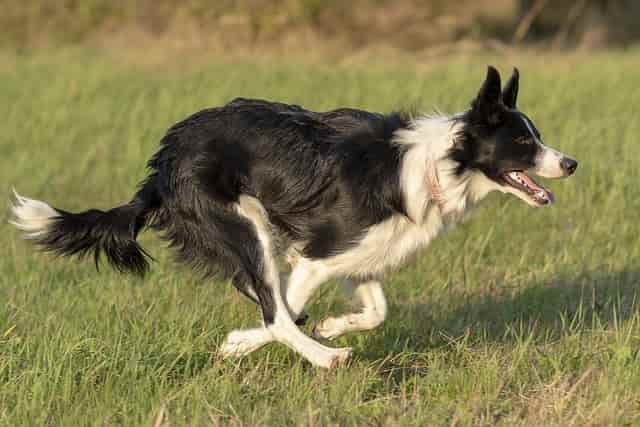
Factors Affecting Exercise Needs
Age
Age is an important factor when determining the exercise needs of border collies. Puppies require less exercise than adult dogs, as their bones and joints are still developing. It is recommended that puppies receive 5-10 minutes of exercise per month of age, up to twice a day. For example, a 3-month-old border collie should receive 15-30 minutes of exercise twice a day. As border collies reach adulthood, they require more exercise to maintain their physical and mental health.
Health
The health of a border collie also affects their exercise needs. Dogs with health issues or injuries may require modified exercise routines or less strenuous activities. It is important to consult with a veterinarian before starting or modifying an exercise routine for a dog with health issues.
Energy Level
Border collies are known for their high energy levels. The amount of exercise they require will depend on their individual energy level. Some border collies may require more exercise than others to burn off excess energy. Providing mental stimulation through training and play can also help to tire out high-energy border collies.
Purpose
The purpose of a border collie can also affect their exercise needs. Dogs that are used for working or sports may require more exercise than those kept as pets. For example, a border collie used for herding may require several hours of exercise per day.
Breed
As a herding breed, border collies have high exercise needs compared to other breeds. However, individual dogs within the breed may have varying exercise needs based on their age, health, energy level, and purpose. It is important to consider all of these factors when determining the exercise needs of a border collie.
Recommended Exercise for Border Collies
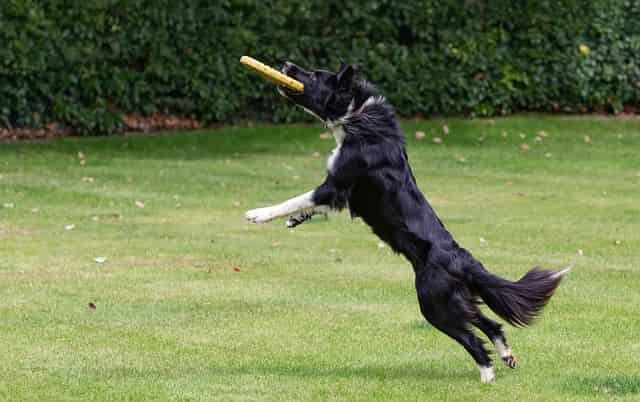
Physical Exercise
Border Collies are known for their high energy levels and require a lot of physical exercise to stay healthy. They are a breed that needs a minimum of 1 hour of vigorous exercise every day. This exercise should include activities that challenge them both physically and mentally to keep them engaged.
Some recommended physical exercises for Border Collies include:
- Running
- Swimming
- Playing fetch
- Agility training
- Hiking
It is important to note that Border Collies are prone to joint problems, so it is essential to avoid activities that put too much strain on their joints.
Mental Stimulation
Border Collies are highly intelligent dogs that require mental stimulation to stay happy and healthy. Mental stimulation can help prevent boredom, which can lead to destructive behavior.
Some recommended mental stimulation activities for Border Collies include:
- Puzzle toys
- Training sessions
- Interactive games
- Hide and seek
- Nose work
Mental stimulation activities should be challenging enough to keep the Border Collie engaged, but not too difficult to cause frustration.
Socialization
Border Collies are social dogs and require socialization to prevent behavioral problems. Socialization helps them learn how to interact with other dogs and people.
Some recommended socialization activities for Border Collies include:
- Playdates with other dogs
- Obedience classes
- Dog sports
- Visiting dog-friendly places
- Meeting new people
Socialization should be a gradual process, starting with familiar people and dogs and gradually introducing new experiences.
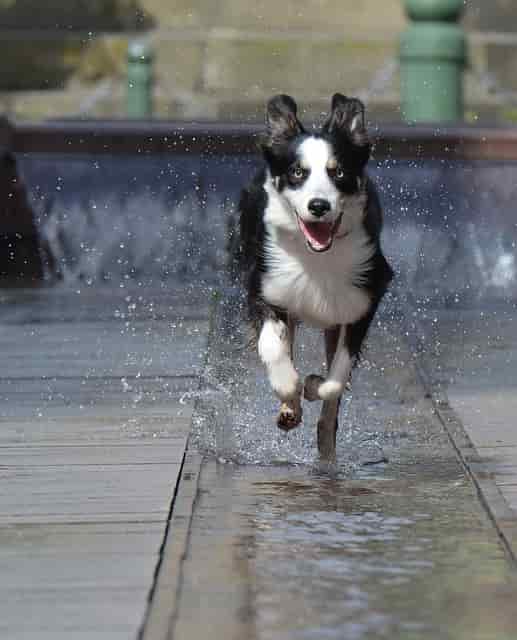
Physical Exercise
Border Collies are highly energetic dogs that require a lot of physical exercise to stay healthy and happy. There are many different types of exercises that are suitable for Border Collies, and it’s important to provide them with a variety of activities to keep them mentally and physically stimulated.
Walking
Walking is a great form of exercise for Border Collies. It’s low impact, easy to do, and can be done almost anywhere. A daily walk of at least 30 minutes is recommended for Border Collies. Walking is also a great way to bond with your dog and explore new areas.
Running
Border Collies love to run and are natural athletes. Running is a great way to burn off excess energy and keep your dog in great shape. If you’re going to run with your Border Collie, it’s important to start slow and gradually build up their endurance. A good rule of thumb is to start with short runs of 10-15 minutes and gradually increase the time and distance.
Hiking
Hiking is a great way to get your Border Collie out into nature and explore new trails. It’s also a great way to provide them with a more challenging workout. When hiking with your Border Collie, it’s important to bring plenty of water and take frequent breaks.
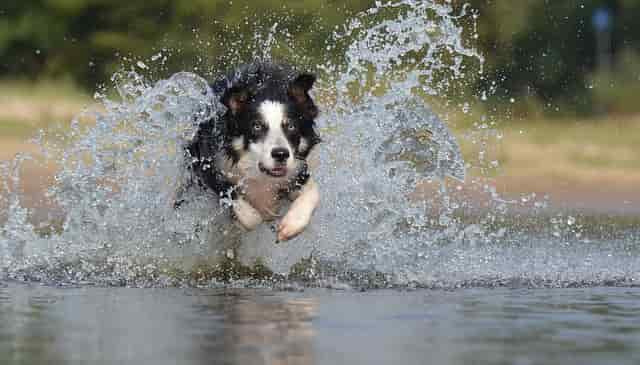
Swimming
Swimming is a great form of exercise for Border Collies, especially during hot summer months. It’s a low impact exercise that is easy on their joints. If you’re going to take your Border Collie swimming, it’s important to supervise them at all times and make sure they are comfortable in the water.
Agility Training
Agility training is a great way to provide your Border Collie with mental and physical stimulation. It’s a high-energy activity that involves running, jumping, and weaving through obstacles. If you’re interested in agility training, it’s important to find a qualified trainer and start with basic exercises.
Playing Fetch
Playing fetch is a great way to provide your Border Collie with exercise and mental stimulation. It’s a simple activity that can be done almost anywhere. When playing fetch, it’s important to use a safe toy and make sure your Border Collie doesn’t overexert themselves.
Biking
Biking is a great way to provide your Border Collie with a high-energy workout. It’s important to start slow and gradually build up their endurance. When biking with your Border Collie, it’s important to use a safe leash and make sure they are comfortable with the activity.
Mental Stimulation
Border collies are highly intelligent and active dogs that require plenty of mental stimulation to stay happy and healthy. Providing your border collie with plenty of mental exercise is just as important as physical exercise, and can help prevent boredom, destructive behavior, and other problems.
Puzzle Toys
Puzzle toys are a great way to provide your border collie with mental stimulation. These toys challenge your dog’s problem-solving abilities and can keep them occupied for hours. There are many different types of puzzle toys available, including treat-dispensing toys, puzzle balls, and interactive games.
When choosing puzzle toys for your border collie, look for ones that are durable and can withstand heavy use. You should also choose toys that are appropriate for your dog’s skill level, as toys that are too easy or too difficult can quickly become boring.
Agility Courses
Agility courses are another great way to provide your border collie with mental stimulation. These courses challenge your dog’s coordination, balance, and problem-solving abilities, and can be a lot of fun for both you and your dog.
When setting up an agility course for your border collie, start with simple obstacles like jumps and tunnels, and gradually increase the difficulty as your dog improves. You can also enroll your dog in agility classes or competitions to give them more opportunities to practice and improve.
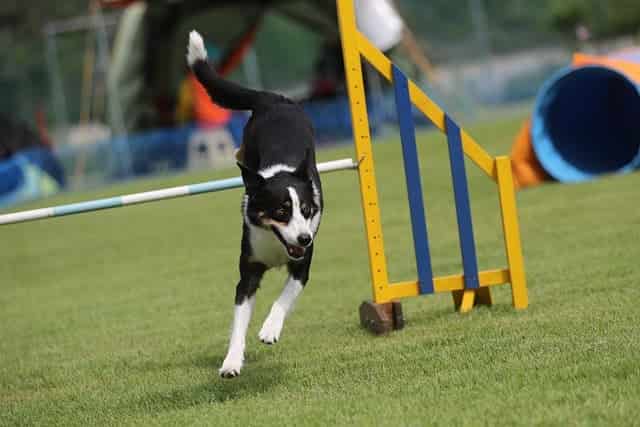
Dog Sports
Dog sports like flyball, frisbee, and herding trials are another great way to provide your border collie with mental stimulation. These sports challenge your dog’s physical and mental abilities, and can be a lot of fun for both you and your dog.
When choosing a dog sport for your border collie, look for one that matches your dog’s personality and energy level. You should also choose a sport that is appropriate for your dog’s age and health, as some sports can be more physically demanding than others.
Socialization
Socialization is an important aspect of any dog’s life, and it is especially important for Border Collies. These dogs are highly intelligent and active, and they need to be exposed to a wide variety of people, children, animals, and environments to ensure that they grow up to be well-adjusted and well-behaved.
One of the best ways to socialize your Border Collie is to take them to obedience classes. These classes will not only teach your dog basic commands, but they will also expose them to other dogs and people in a controlled environment. This can help your dog learn how to interact with others in a positive way.
It’s also important to expose your Border Collie to a variety of environments. Take them for walks in different neighborhoods, parks, and other areas where they can experience new sights, sounds, and smells. This will help your dog learn how to adapt to new situations and become more confident in unfamiliar surroundings.
Another important aspect of socialization is introducing your Border Collie to other animals. If you have other pets, it’s important to introduce them slowly and carefully to ensure that everyone gets along. You can also take your dog to dog parks or other areas where they can interact with other dogs in a safe and controlled environment.
Frequently Asked Questions

How much exercise do Border Collies require?
Border Collies are highly active dogs and require a lot of exercise to maintain their physical and mental health. They are known for their high energy levels, so it’s important to provide them with enough exercise to keep them happy and healthy.
What is the recommended daily exercise for a Border Collie?
The recommended daily exercise for a Border Collie is at least 2 hours of physical activity. This can include a combination of walking, running, playing, and training. It’s important to provide them with enough exercise to keep them mentally stimulated as well as physically active.
How far should a Border Collie walk each day?
A Border Collie should walk at least 5 miles each day. This can be broken up into shorter walks throughout the day to provide mental stimulation and prevent boredom.
What are some mental exercises for Border Collies?
Border Collies are highly intelligent dogs and require mental stimulation to prevent boredom and destructive behavior. Mental exercises can include training, puzzle toys, and games such as hide and seek.
What is the ideal duration of exercise for a Border Collie?
The ideal duration of exercise for a Border Collie is 2 hours per day. This can be broken up into shorter sessions throughout the day to prevent exhaustion and overexertion.
Can over-exercising harm a Border Collie?
Yes, over-exercising can harm a Border Collie. It’s important to provide them with enough exercise to maintain their health, but too much exercise can lead to exhaustion, injury, and other health problems. It’s important to monitor their activity levels and provide them with enough rest and recovery time.



